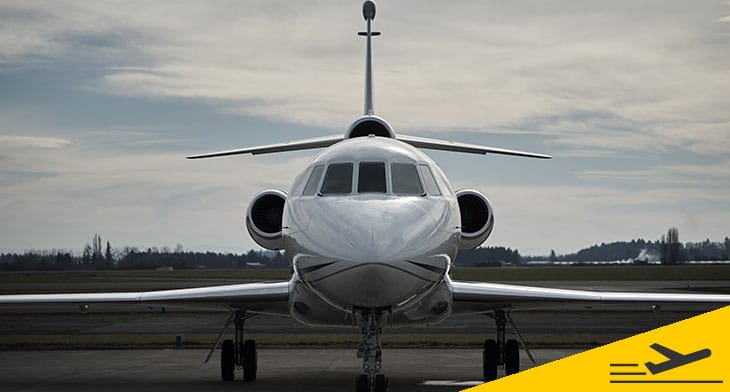Research suggests that the growing demand for business aviation and the high congestion at existing business aviation hubs in the Asia-Pacific region may present an opportunity to develop a regional business aviation hub in Malaysia.
A survey by the research and consulting organisation Frost & Sullivan among industry stakeholders in the Asia Pacific region revealed the Sultan Abdul Aziz Shah airport at Subang in Malaysia as the most favoured choice for the next business aviation hub in the region.
“Subang is already the most frequently used business aviation airport in Malaysia and it has potential to develop even further,” said Nishant Dey Purkayastha, consultant at Frost & Sullivan.
The consultancy estimates that the business aviation fleet owned and used by Malaysians, which stood at 51 jets in 2017, could potentially reach to 124 jets by 2030.
“However, the industry has several roadblocks that need to be mitigated in order to realise the full potential. Regulatory issues related to registration, financing and cabotage policy are major roadblocks. For instance, only 30% of the fleet based out of Malaysia are registered in the Malaysian registry. The others are registered in other countries. This hampers the domestic charter industry as the internationally registered jets cannot be used for domestic operations. Other hurdles are in the form of infrastructure related issues and operational issues,” said Nishant.
Nishant added that Subang has a “decent” ecosystem currently however “Some aspects of the value chain such as painting and modifications, flight simulation and training, and parts distribution and logistics are missing. Malaysia will need to attract investments to fill up the gaps and complete the ecosystem.”
Currently Subang’s annual business jet movement stands at around 3,200, meanwhile the leading business aviation airports in the Asia Pacific region are in Beijing (9,000 movement), Hong Kong (7,250), Shanghai (5,000) and Singapore (4,900).
Frost & Sullivan suggest that if the ecosystem issues can be addressed, the annual business jet movements in Subang can potentially reach a figure of 9,299 by 2030.
The consultancy suggest that key stakeholders will need to work in tandem to develop the industry saying that the aviation authorities will “have to take the lead to ease regulatory hurdles” while Malaysia Airports Holdings Berhad “will have to work in conjunction with agencies such as Malaysia Investment Development Authority (MIDA) to prospect and attract the right investors.”
Nishant added, “Thailand, Philippines and Indonesia are some of the other regional players that can potentially look to develop a business aviation hub. But Malaysia’s existing ecosystem is more developed and the industry players seem to hold a more favourable view of Malaysia. However, delays in taking steps in the right direction might enable competitors to catch up.”
Written by: Kimberley Young
If you have any feedback about this article or would like to suggest a topic for future investigation, please contact us.






